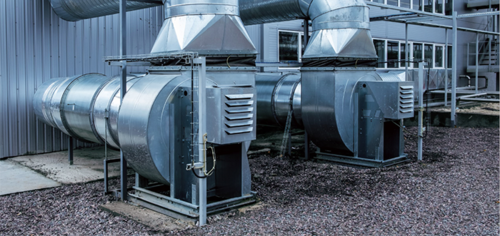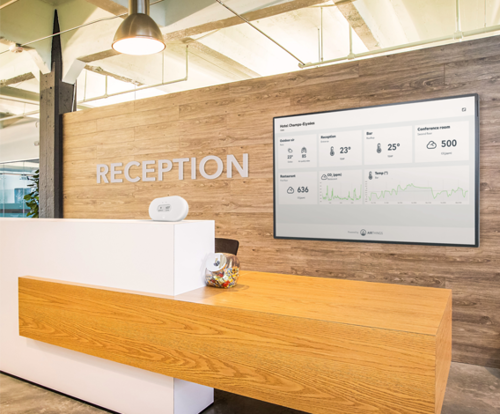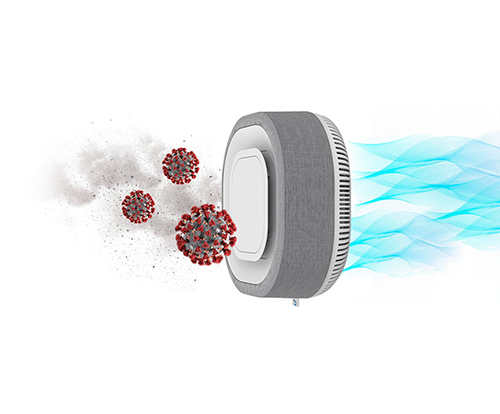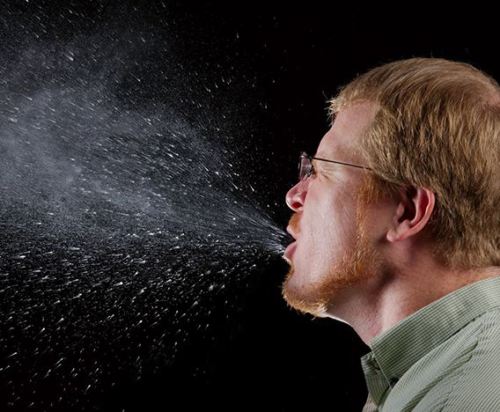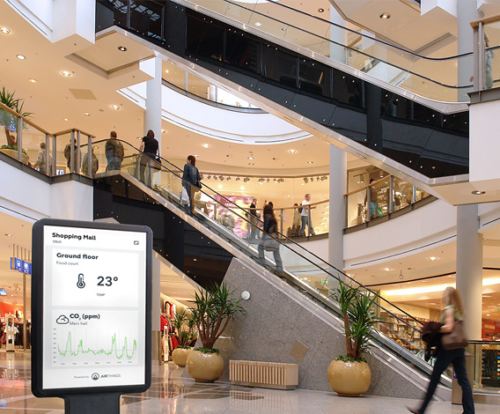
Risk indicators and monitoring
How do you know when virus transmission risk is high?
So, we know that respiratory infections can be transmitted through the airborne pathway in which aerosol particles are released by infected individuals and inhaled by others, causing disease in susceptible individuals. And we also know that ventilation is key to reducing the amount of airborne pathogens in indoor spaces. But how do we know when indoor air quality is poor and to increase ventilation?

As the problem is an invisible one, the best way to determine the risk of virus transmission is to use high quality, air quality monitors that monitor CO2 and which include a virus risk indicator. There are many monitors on the market which include a high quality CO2 sensor, and some also have a CO2 alert and/or a virus risk indicator. The Airthings for Business CO2 monitors include a CO2 alert, and this video explains how it works:
The Health & Safety Executive advises that the most appropriate portable devices to use in the workplace are non-dispersive infrared (NDIR) CO2 sensors. Monitors should be place at head height and away from:
- windows
- doors
- air supply openings
Monitors should be positioned more than 50cm away from people as their breath contains CO2 and this could cause misleadingly high readings. In large spaces (over 320 square metres) you may require multiple monitors to get the measurements you need.
“The fresh-air supply rate should not normally fall below 5 to 8 litres per second, per person (l/s/p). A value of 10 litres per second per person is recommended in many guides as a suitable value for most commercial buildings.”
As the amount of CO2 in the air is measured in parts per million (ppm) CO2 monitors are a useful way to estimate airflow rates. 1000ppm is equivalent to about 10 litres per second, per person. CO2 levels consistently higher than 1500ppm in an occupied room indicate poor ventilation and action should be taken to improve it.
Risk indicators
Some indoor air quality monitors include a number of sensors so they can monitor more indoor air contaminants than just CO2, along with environmental factors including humidity, temperature and air pressure.

The Airthings for Business CO2 and other monitors include a virus risk alert. The monitors use data from CO2, humidity and temperature sensors in the monitor to determine the transmission risk of airborne viruses, rating the risk out of 10. Here’s a video about the how Airthings for Business Virus Alert works.
Latest Articles
The business risks emerging from the global COVID-19 pandemic
Read More >Why indoor spaces have a higher risk of virus transmission
Read More >Enhance HVAC performance, improve energy efficiency and reduce emissions
Read More >High absenteeism and reduced wellbeing
Read More >How does air quality affect your business
Read More >What the experts say
Read More >Ventilation and filtration
Read More >Transmission & Prevention
Read More >The History of Air Pollution
Read More >Ambient Air Pollution
Read More >Indoor air pollution & the indoor generation
Read More >Climate change and the climate emergency
Read More >What’s in the air we breathe outdoors?
Read More >What’s in the air we breathe indoors?
Read More >Other indoor biological pollutants
Read More >How air pollution affects our lives
Read More >

